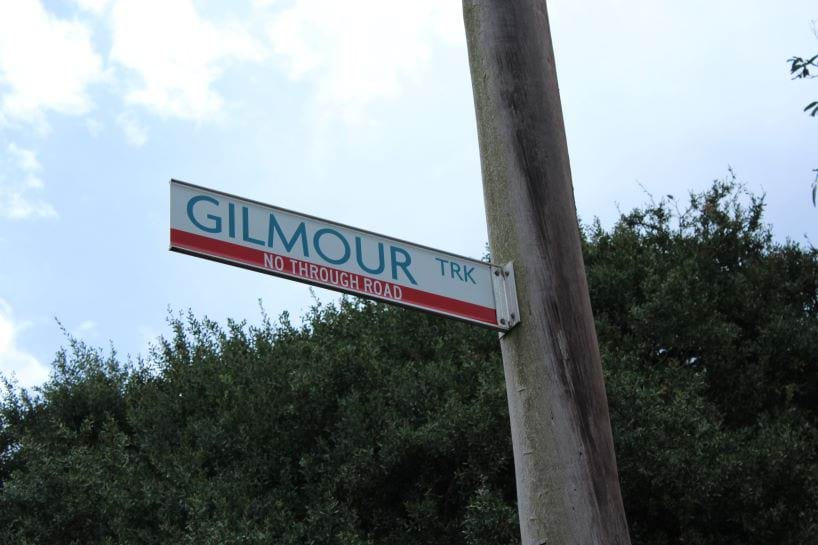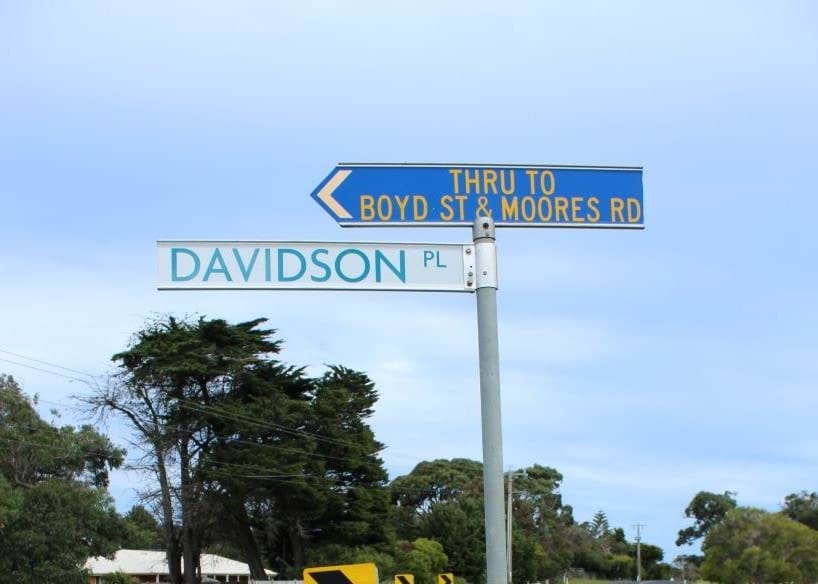Background
Victorian women’s names and stories remain largely invisible and underrepresented in the names of Victoria’s public places. At Bass Coast Shire Council (which includes Phillip Island, Wonthaggi and surrounds), the municipal map is male-dominated, with localities, roads and features twice as likely to be named in honour of men than women. Identifying this imbalance, Council was keen to recognise the contribution many notable women have played in the area’s history and contemporary life. By boosting the visibility of women and their achievements, Council aimed to shift outdated gender stereotypes in the community – acknowledging that 'you can’t be what you can’t see.'
Actions
Council conducted a gender impact assessment on the place names of localities, roads and features within the municipality to identify the representation of men, women and other genders. This was prompted by Women in Gippsland and the #puthernameonit campaign.
Council undertook a desktop analysis of internal documents and registers, a web search of place names, and consulted with the four local historical societies within the shire. Overall, 60 localities, 1521 road names and 111 features (i.e. buildings/reserves) were assessed. The findings from the data collection and consultation supported the initial observations that there were many more place names commemorating men.
- 60 localities – 44 non gender specific, 16 male, 0 female
- 1521 roads – 1246 non gender specific, 182 male, 93 female
- 111 features (to date) – 62 non gender specific, 41 male, 8 female
Outcomes
As a result of the gender impact assessment, Council took action to increase the gender diversity of place names. This included seeking formal registration and signage for women’s names that may be in use but not officially registered or signed and encouraging developers of subdivisions to propose women’s names for new roads.
Council is also advocating for policy change via the Naming Rules for Places in Victoria Review, to ensure gender equality will have greater consideration in future legislation.
The final option undertaken was promotional and media activities (via Council’s Facebook page, radio and television interviews) to build awareness and engage the community in nominating notable women to commemorate.
The Council’s Executive Team and Place Names Advisory group endorsed all recommendations and options. It was agreed that the ongoing vision was to increase the number of women’s names to achieve gender parity in naming. Commemorative naming for men will still be welcomed, assessed and reserved in the same manner.
The gender impact assessment raised awareness of the gender imbalance in naming and has led to increased discussion on the issue within Bass Coast Shire Council and across other councils. This has resulted in increased participation by Council staff in opportunities for creating gender equality in Council through relevant advisory and reference groups and discussions with developers.
The community has started to submit suggestions of notable women for place naming and the historical society is now hoping to publish a book on the origin of road names. Features already named after women have been officially registered and are likely to have signs installed for improved recognition at the location for greater visibility of the role women have played in the Bass Coast Shire community.


Updated

